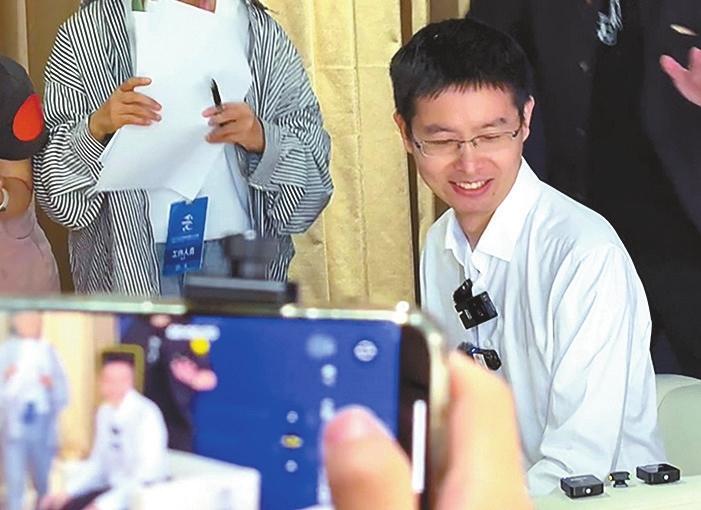
THE robotics industry could experience a “ChatGPT moment” as soon as in one to five years, according to the founder of Chinese startup Unitree Robotics. The “ChatGPT moment” of the robotics industry will arrive when humanoid robots can smoothly hand a bottle of water to a person sitting among a large group of people in an unfamiliar environment, following the instructions of its owner, Wang Xingxing told the media in an interview during the 2025 World Robot Conference, held in Beijing between Aug. 8 and yesterday. Global progress in artificial intelligence (AI) technology for robots has been remarkable in the past six months or so, Wang noted. For example, Unitree’s robots had relatively stiff running movements in January, but in recent months, they can run more smoothly and even navigate complex terrains, he explained. The biggest challenge of the humanoid robot industry is that large language models (LLMs) for embodied intelligence are still far from sufficient, Wang pointed out. The architectural framework of embodied intelligence models is neither good enough nor unified, making it difficult to effectively use massive amounts of data, he added. “In the field of AI, having more resources, more money, or more people doesn’t necessarily mean you can develop the world’s best technology,” Wang said, adding that small- and medium-sized teams still have opportunities to stand out in the development of embodied intelligence models. The current global robot hardware can be roughly described as “usable but with room for improvement,” according to Wang. The industry needs more shipments, lower costs, and higher reliability, he noted. Over the next two to five years, the intelligent robot technology will focus on unified end-to-end intelligent robot models, robots with longer lifespans, further lowering hardware costs, ultra-large-scale manufacturing, and low-cost, large-scale computing power deployment, Wang predicted. Unitree’s goal is to develop comprehensive, general-purpose humanoid robots capable of performing various tasks across life services, factory production, and stage performances rather than being limited to a single scenario, Wang noted, admitting that progress in this regard is not yet ideal. According to data released at the conference, China’s robotics industry generated nearly 240 billion yuan (US$33.4 billion) in revenue in 2024. In the first half of 2025, China produced 370,000 industrial robots and 8.82 million service robots, up year‑on‑year by 35.6% and 25.5%, respectively. China has been the world’s largest industrial‑robot application market for 12 consecutive years, and its share of newly installed robots rose from 51% in 2023 to 54% in 2024.(SD-Agencies) | 
